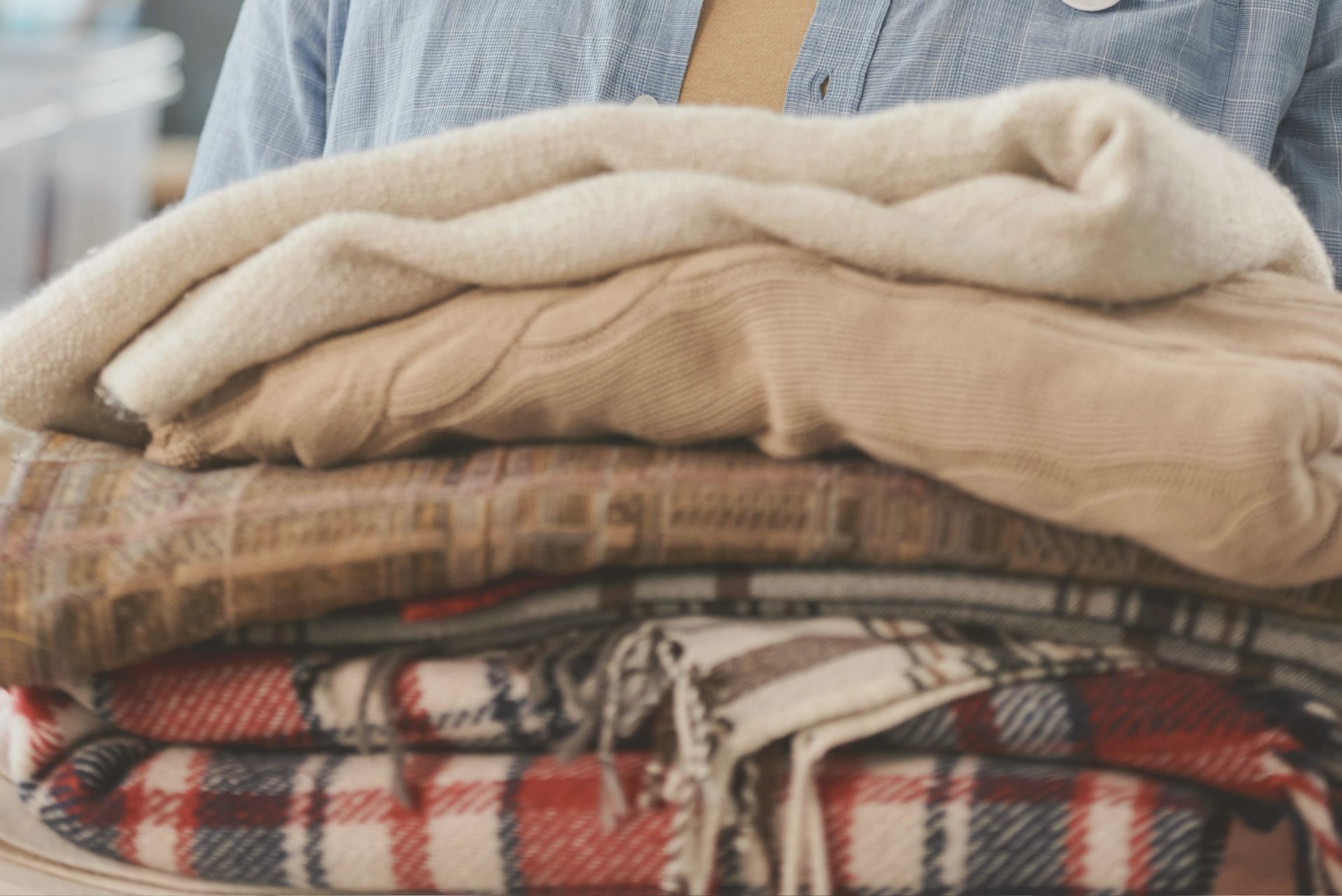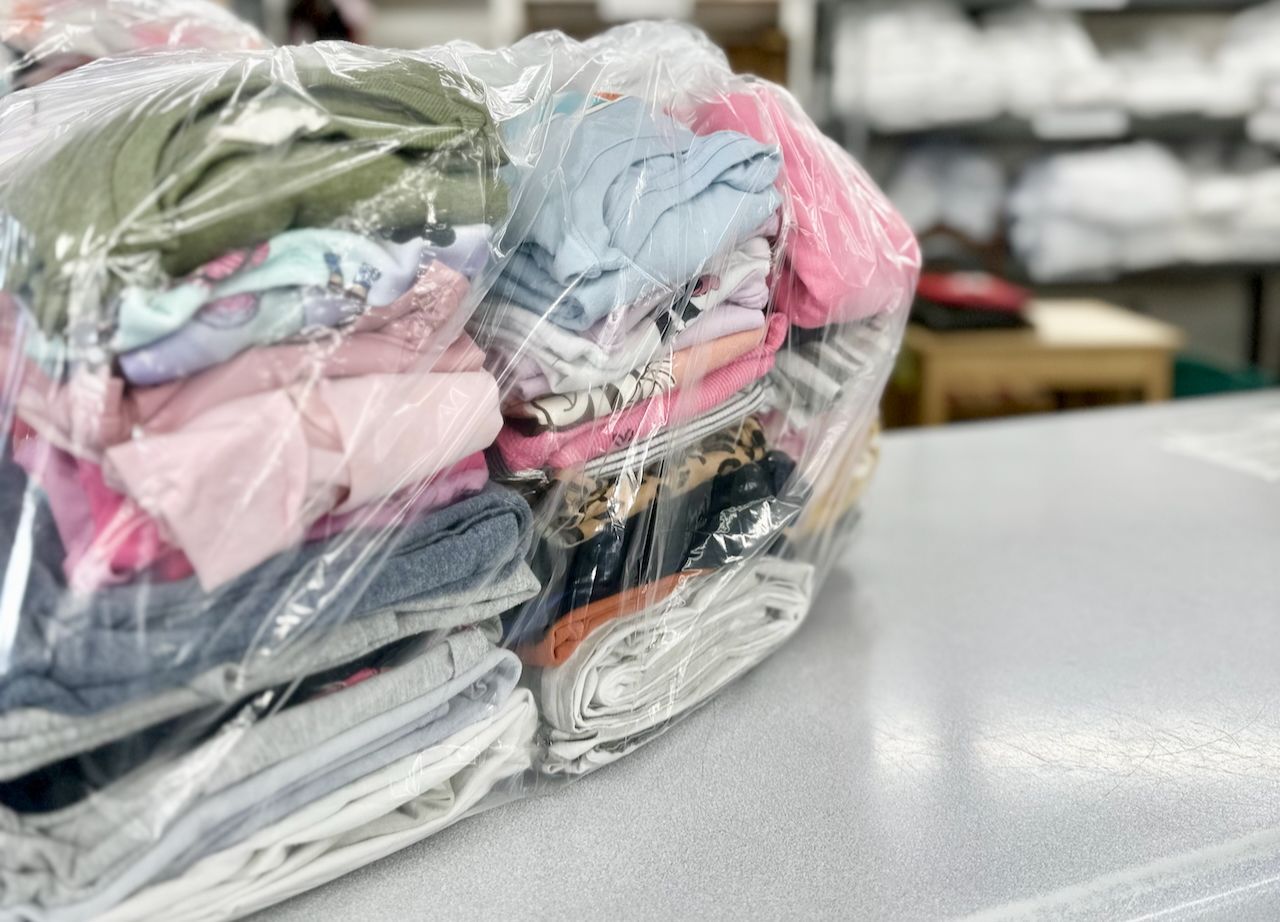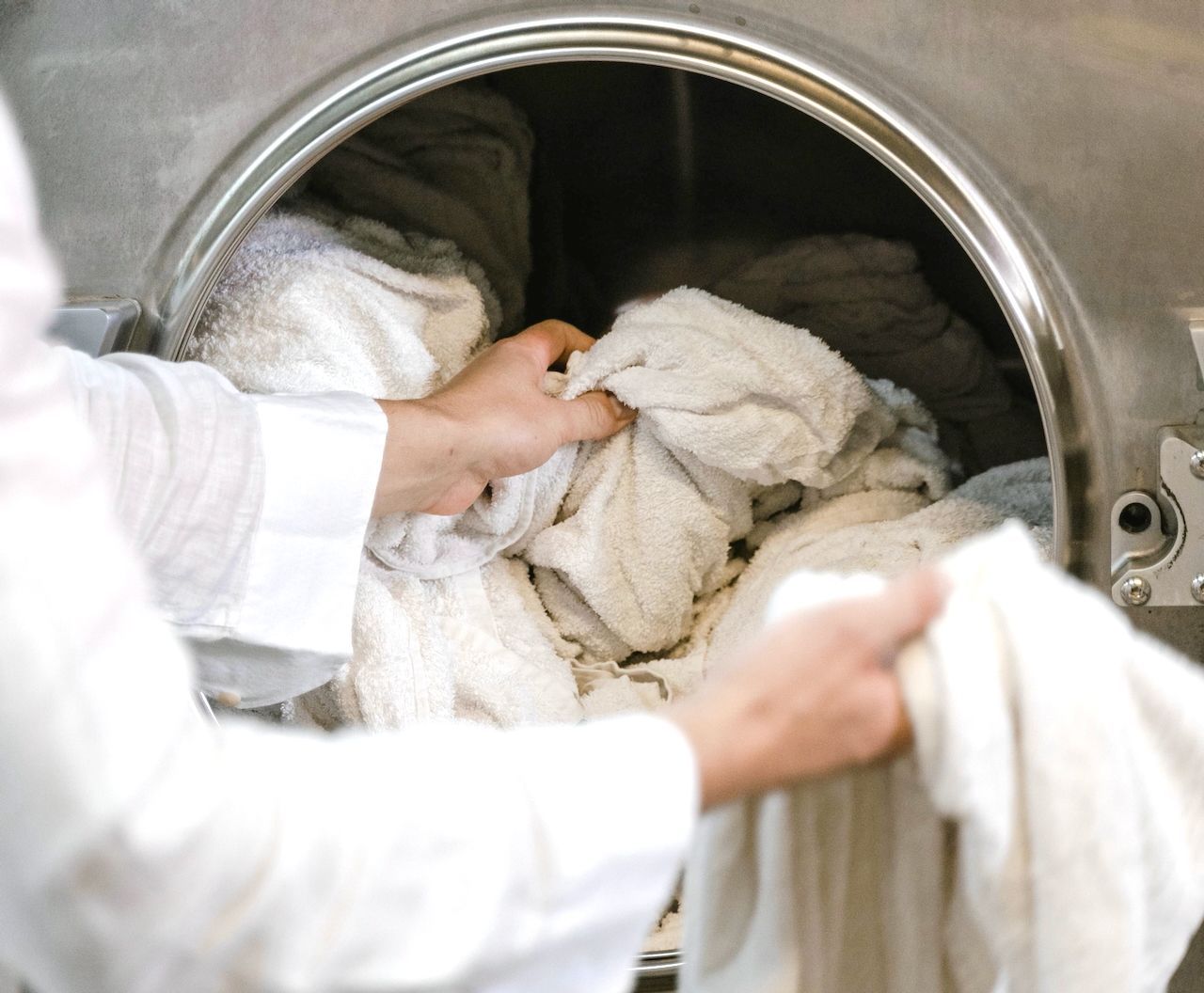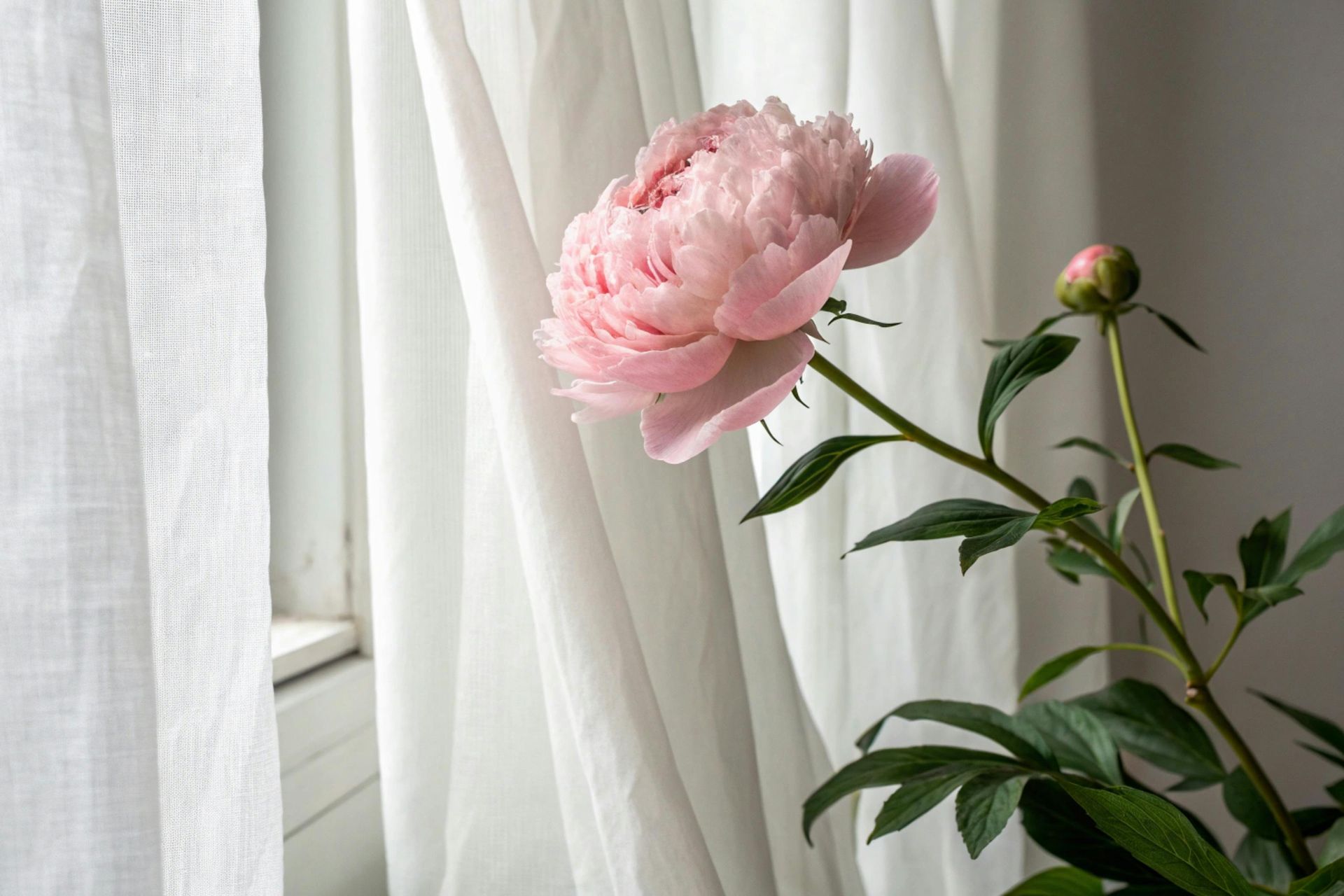5 Wardrobe Storage TIPS

5 Tips for Fabric Storage
Protect Your Winter Wear from Mold, Mildew, Moths and Musty Odors
As the weather warms up, it’s time to store away heavy blankets and winter clothes. Proper storage keeps fabrics fresh and soft, preventing musty odors and damage. Follow these tips to protect your winter wear:
1. Wash Everything First
Make sure all items are clean before storing. Oils, sweat, and dirt can attract pests and cause odors. Use gentle detergent, add baking soda to the wash, and vinegar to the rinse for freshness. Washing everything at once at Ellie's Laundry saves time and effort.
2. Make Sure Everything is Completely Dry
Moisture breeds mold and mildew. Tumble dry on low heat or air-dry items completely before storage. Let them cool down to prevent condensation. When in doubt, leave items out for a day before packing.
3. Store in a Cool, Dry Place if Available
Choose a storage spot with stable temperature and humidity, like a cool, dark closet or under the bed. Avoid humid basements and hot attics to prevent moisture buildup.
4. Choose the Right Storage Containers
The most important factor in choosing a storage container is managing the moisture and surrounding air quality. Consider the space that you have and work with it. Here are several possible storage options:
- Vacuum-Sealed Bags: Space-saving and airtight, great for attics or basements.
- Hanging or Drawer Storage: Ideal for extra closets or dressers
- Stackable Plastic Bins: Allow breathing room to prevent deep wrinkles
- Cotton Storage Bags: Promotes airflow, reducing moisture risks
- Empty Suitcases: Maximize space with an easy, creative option

5. Guard Against Moths, Moisture & Odors
- Lavender or Cedar: Repel moths and add fragrance
- Baking Soda or Charcoal Bags: Absorb moisture and odors
- Dryer Sheets: Keep stored items smelling fresh
- Silica Gel Packets: Trap moisture and prevent mold
Fluff and Refresh Before Use
When fall arrives, shake out blankets and clothes and tumble them in the dryer with a damp towel for 10 minutes. Hanging items outside for a few hours also restores freshness.
By following these tips, your winter clothes and blankets will stay clean, soft, and ready for the next cold season. For professional cleaning before storage, check out Ellie's Laundry Wash, Dry, and Fold services!

ELLIE'S LAUNDRY LOCATIONS
📍 664 Waring Road, Memphis, TN 38122 | (901) 468-4108
📍 215 S. Pauline Street, Ste 104, Memphis, TN 38104 | (901) 633-0820








